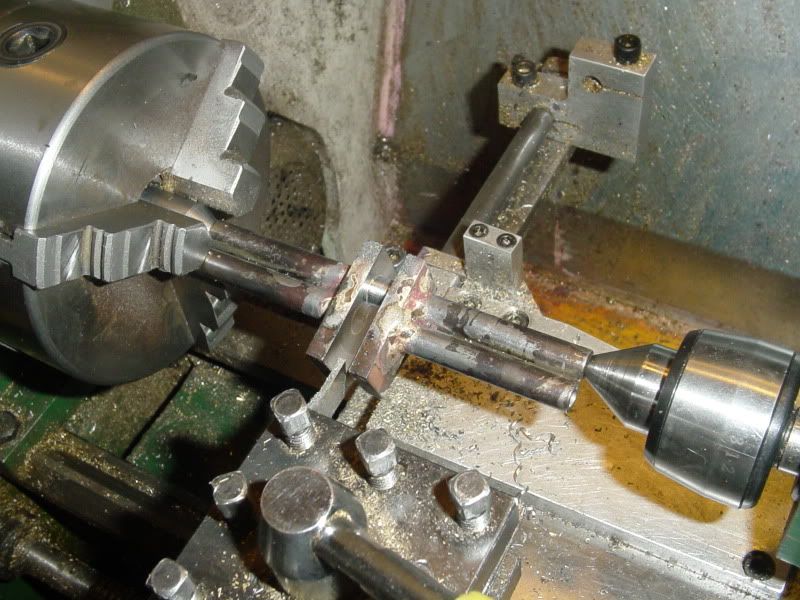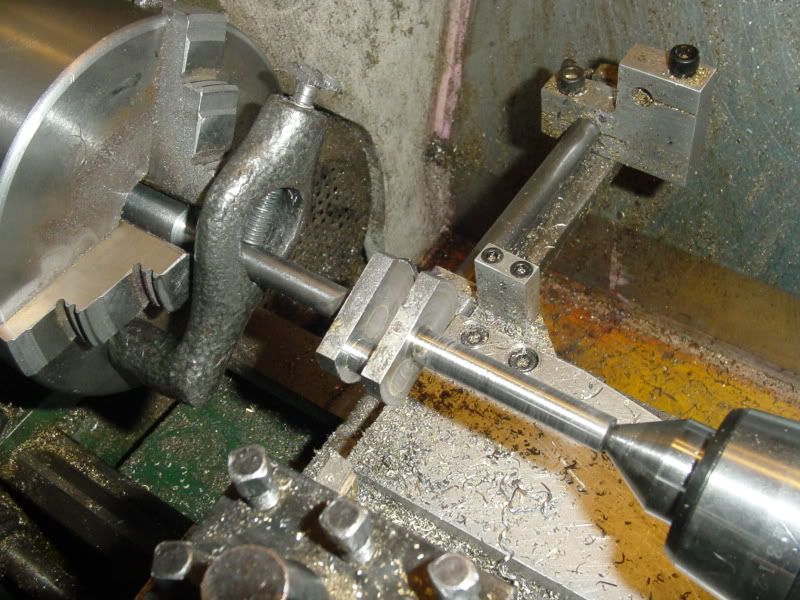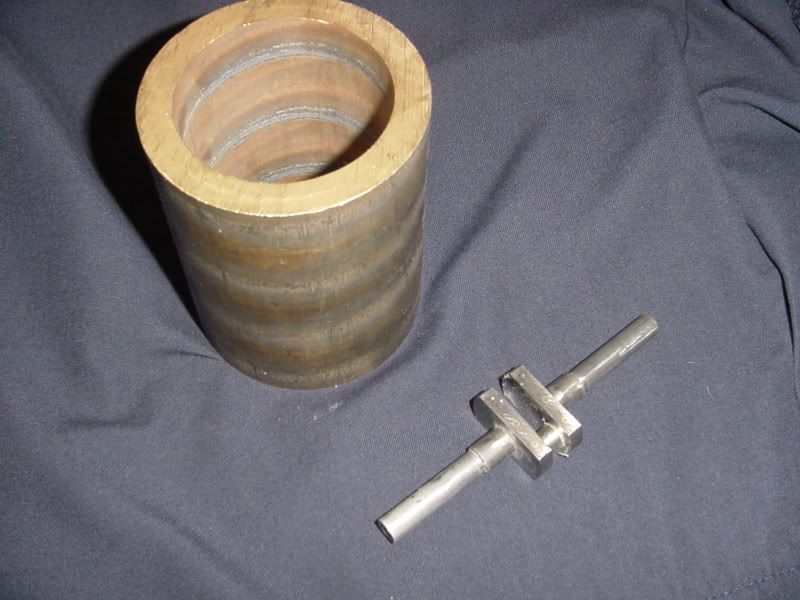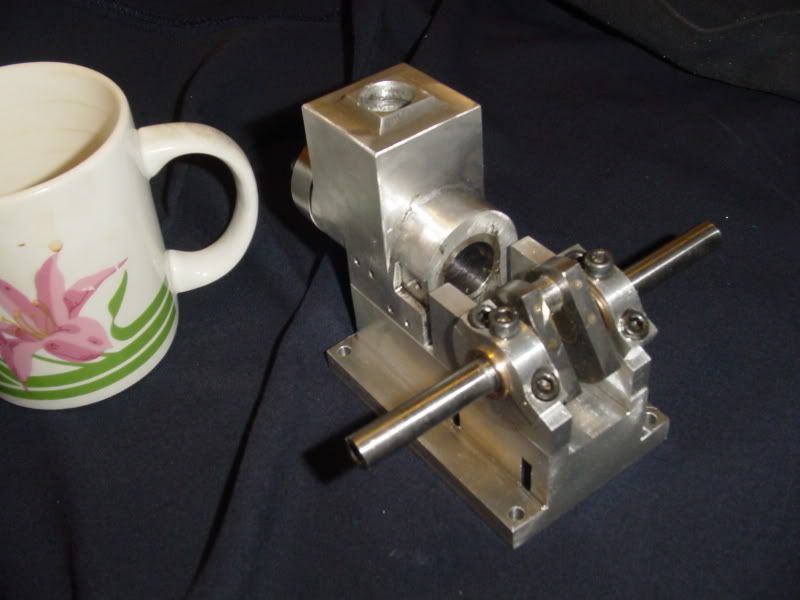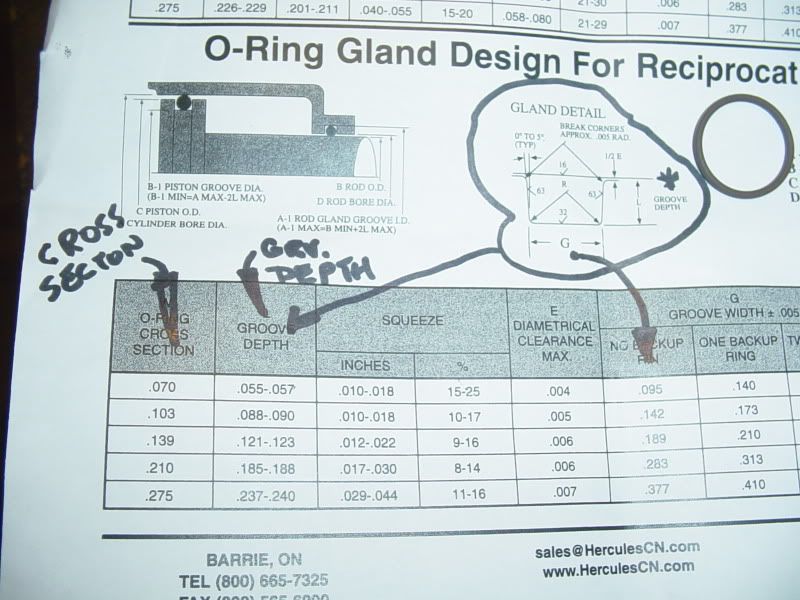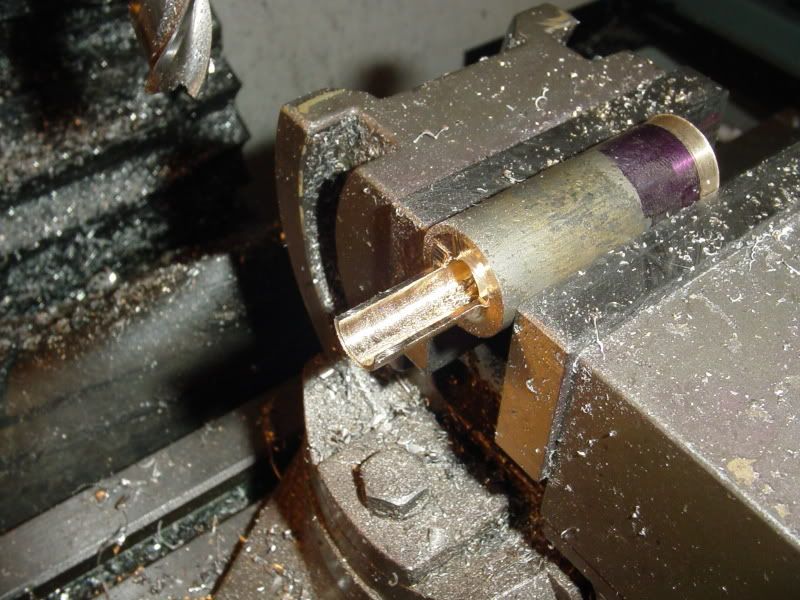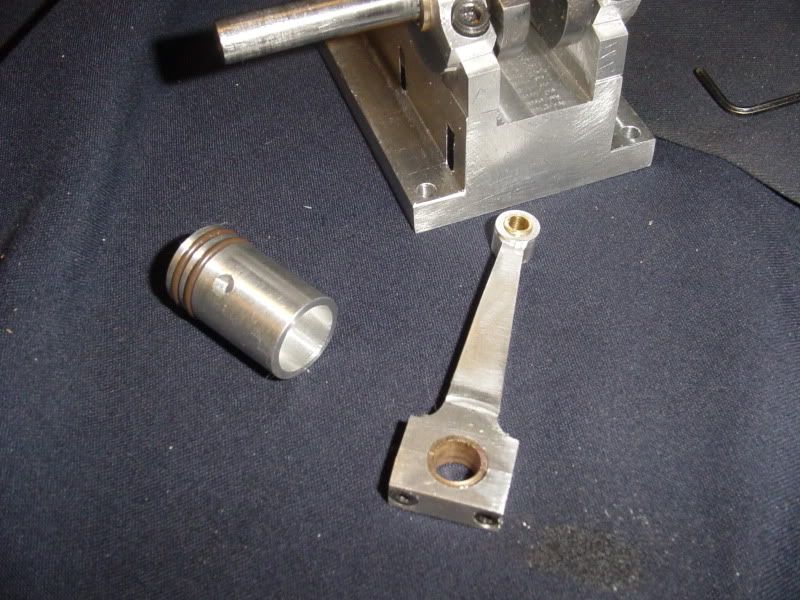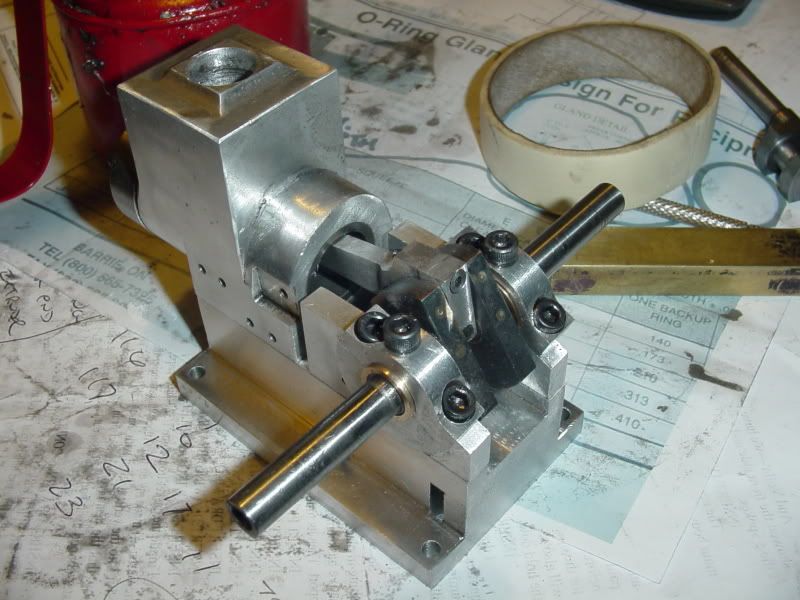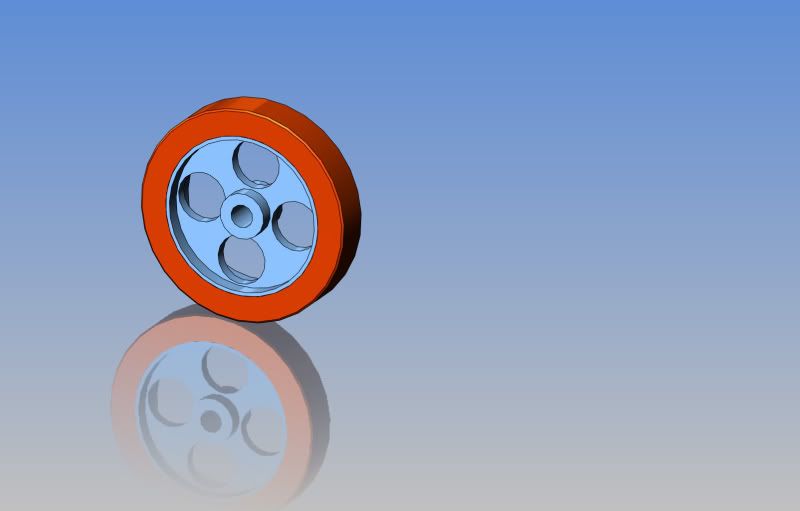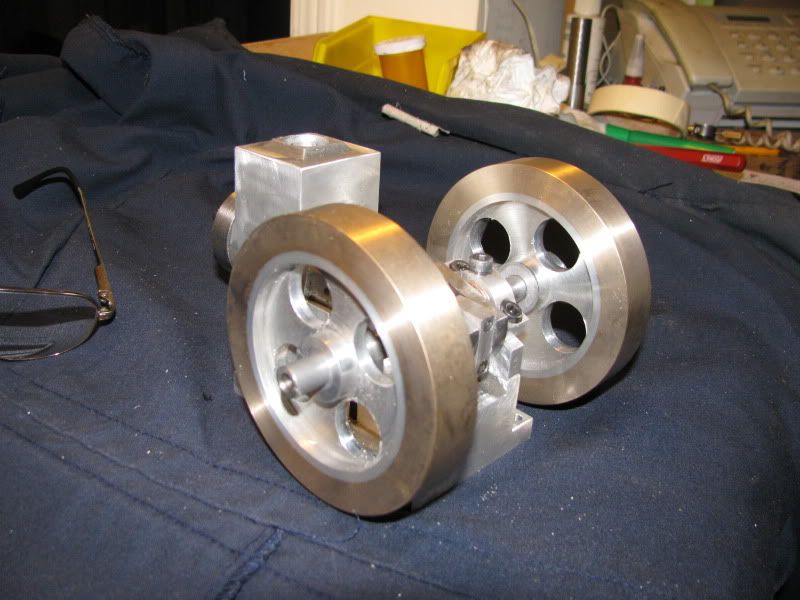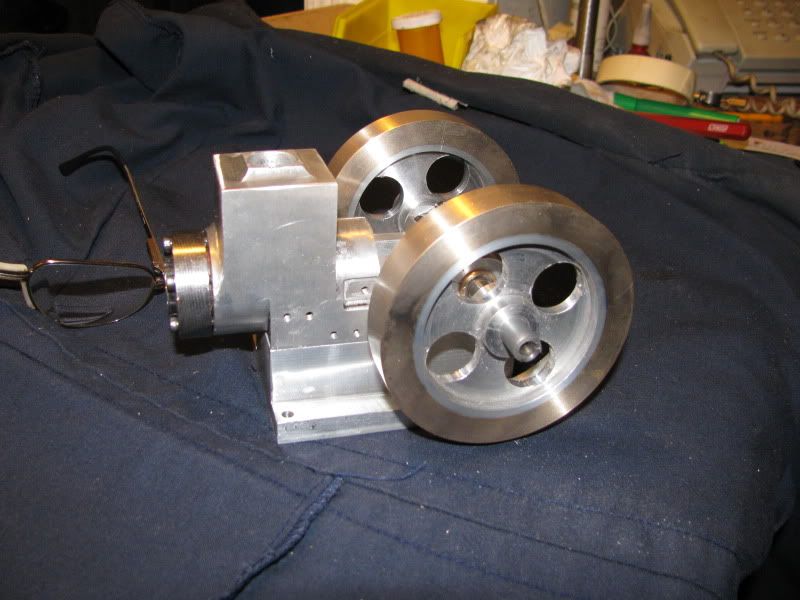Thanks for stopping by, Zee. This is the time in a build that I really enjoy. All of the big major parts are completed, and I actually have an engine to work on. This is the eleventh?? engine I have built since I started 2 or 3 years ago, and I am beginning to get a "feel" for different stages of the build and how I react to the different stages as I reach them. For me, its exciting when I model them in 3D, as that is the first breath of creativity, even on a project like this which was first engineered by someone else. I get a rush from building the individual parts, and every time I take on another project, I have to learn more and stretch my own knowledge of machining and problem solving. I really like the "problem solving" aspect of this hobby. I've been a design engineer for so many years now (45) that the actual design of any type of machinery isn't that great a challenge anymore, although its still fun. However, this entire machining thing is very new and satisfying to me.----Brian
